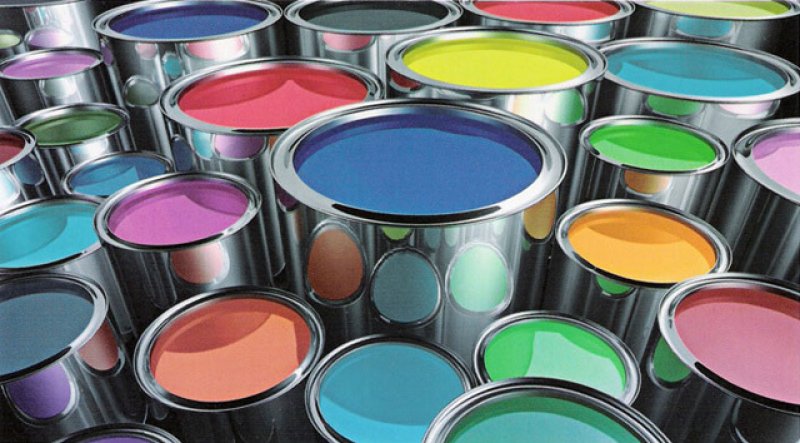Now here’s a bright idea.
Researchers in Europe have developed a technique for growing genetically modified bacteria that can be used as brightly colored “living paints” in manufacturing and art.
The colors generated by the bacteria, shiny and metallic, are actually generated by the same optical process that makes peacock feathers and butterfly wings so visually striking. The color comes not from organic pigments, but rather the very molecular structure of the bacterial colony.
…
[R]esearchers developed the unique process by genetically modifying colonies of flavobacteria, a kind of bacteria that produces colors as a byproduct of its own internal structure. Depending on how the genetics are manipulated, the bacteria reflect light at different wavelengths, potentially including all colors of the visual spectrum.
The new research could provide manufacturers with biodegradable, non-toxic paints that are grown instead of synthesized.
…
As to practical applications of the technology, any large-scale deployment is still several years away.
…
The living paints might have other useful applications, too. Because the living bacteria can react to other molecules, they could be used to make materials and surfaces that change color under designated circumstances.
Editor’s note: Read full study (behind paywall)
Read full, original post: Brightly Colored Bacteria Engineered Into Living Paint































